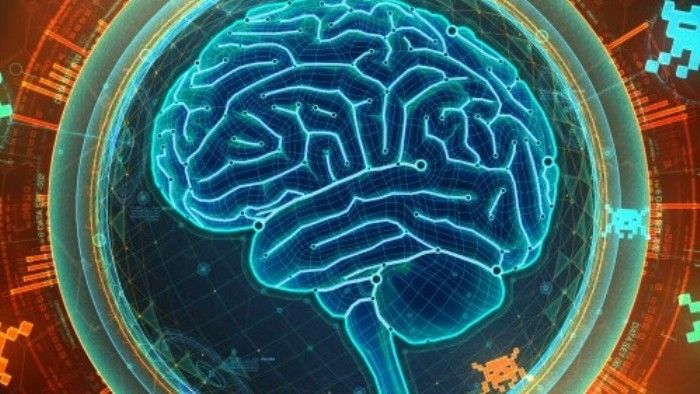Jun 23, 2015
Honda’s Gravity Modification Research
Posted by Benjamin T. Solomon in categories: anti-gravity, business, cosmology, defense, disruptive technology, engineering, general relativity, gravity, innovation, particle physics, physics, quantum physics, science, space travel
Gravity modification, the scientific term for antigravity, is the ability to modify the gravitational field without the use of mass. Thus legacy physics, the RSQ (Relativity, String & Quantum) theories, cannot deliver either the physics or technology as these require mass as their field origin.
Ron Kita who recently received the first US patent (8901943) related to gravity modification, in recent history, introduced me to Dr. Takaaki Musha some years ago. Dr. Musha has a distinguished history researching Biefeld-Brown in Japan, going back to the late 1980s, and worked for the Ministry of Defense and Honda R&D.
Dr. Musha is currently editing New Frontiers in Space Propulsion (Nova Publishers) expected later this year. He is one of the founders of the International Society for Space Science whose aim is to develop new propulsion systems for interstellar travel.
Wait. What? Honda? Yes. For us Americans, it is unthinkable for General Motors to investigate gravity modification, and here was Honda in the 1990s, at that, researching this topic.














